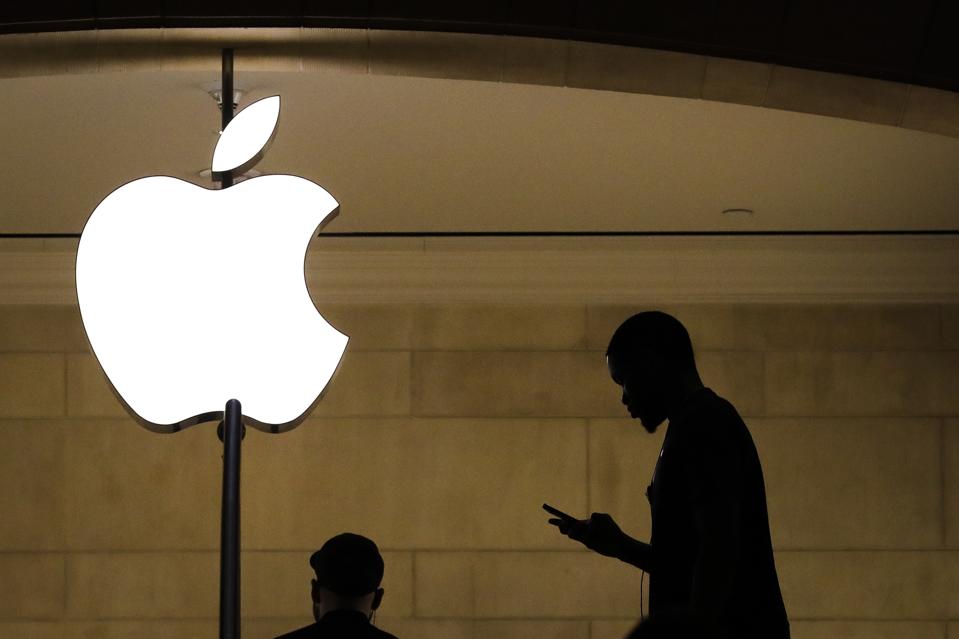Apple announced in late January that Apple Card users had topped 12 million since its 2019 launch, with those users earning $1 billion in Daily Cash back last year. Fintech observers were quick to debate whether the news was good or bad, with many opinions in between. But the real story is about Apple’s wider financial services strategy, which is designed to keep us entrenched in its ecosystem.
To determine whether the Apple Card is achieving success or not, we need to understand how it plays into that goal.
First, let’s look at some basic math:
- One estimate from Sheel Mohnot, general partner at Better Tomorrow Ventures, put annual spend on the Apple Card at $67 billion, or about $5,500 per user, based on Daily Cash equating to 1.5% of spend. He noted that Delta’s American Express cobrand, which has about 7.5 million cards in circulation, compares with $250 billion in spend, or $33,000 per user.
- iPhone users in the US clock in at around 150 million and Apple Pay users at 55.8 million. Based on these figures, Apple Card has 22% penetration with Apple Pay users and 8% penetration among US iPhone users.
Depending on how you look at it, Apple is either lagging behind on spend, or it is doing quite fine for how old it is — Delta’s cobrand relationship with Amex dates back to 1996. When it comes to adoption, however, it is represented fairly well among Apple Pay users in the US. And that’s really the statistic that matters; Apple is looking to center itself at the heart of consumers’ financial lives, and Apple Pay is its core vehicle to do that. Really, Apple Card is a foundational tool in that engine.
Apple’s release illustrates this in the company’s own words:
- It stresses the ecosystem strategy around the Apple Card. “From easy-to-navigate spending tools, to Apple Card Family, and the recently added Savings account, Apple Card continues to reinvent the credit card experience and provide features designed to help users lead healthier financial lives,” the release says.
- Helping users lead “healthier financial lives” is mentioned 7 times. Here’s one quote from Jennifer Bailey, Apple’s vice president of Apple Pay and Apple Wallet, “…As we look at the year ahead and beyond, we’re excited to continue to innovate and invest in Apple Card’s award-winning experience, and provide users with more tools and features that help them lead healthier financial lives.”
- It makes it clear that users are connecting through to other offerings. For example, it says, “The Savings account quickly became a favorite feature among Apple Card users and reached over $10 billion in deposits in just a few short months. Today, the vast majority of users auto-deposit their Daily Cash into Savings, and nearly two-thirds of users have deposited additional funds from a linked bank account to further help them save for the future.”
Based on these statements, it’s clear that Apple’s ambitions are far more complex than driving credit card spend. (In fact, this could be one of the sticking points in its troubled relationship with its bank partner on the project, Goldman Sachs.) As such, a better way to look at Apple Card and its performance might be to what extent it (and the suite of tools around it) can grow more embedded with Apple Pay users, and critically, to what degree that ecosystem becomes rich enough drive adoption of Apple Pay itself.
In that sense, it appears on the right track. It’s still got runway with the Apple Pay user base, but at about a quarter of the way there, it’s made serious strides in just a few years. Moreover, the Apple Card is already demonstrating signs that it can serve as an anchor to the wider environment, as exhibited by uptake and user behavior around the Savings product.
Headwinds do persist: In particular, Apple’s relationship with Goldman casts a cloud, and regardless of wider aspirations, the card will eventually need to show financial viability. However, if it can continue to drive deeper financial relationships, especially in the next few years, it should satisfy a major objective for Apple.

